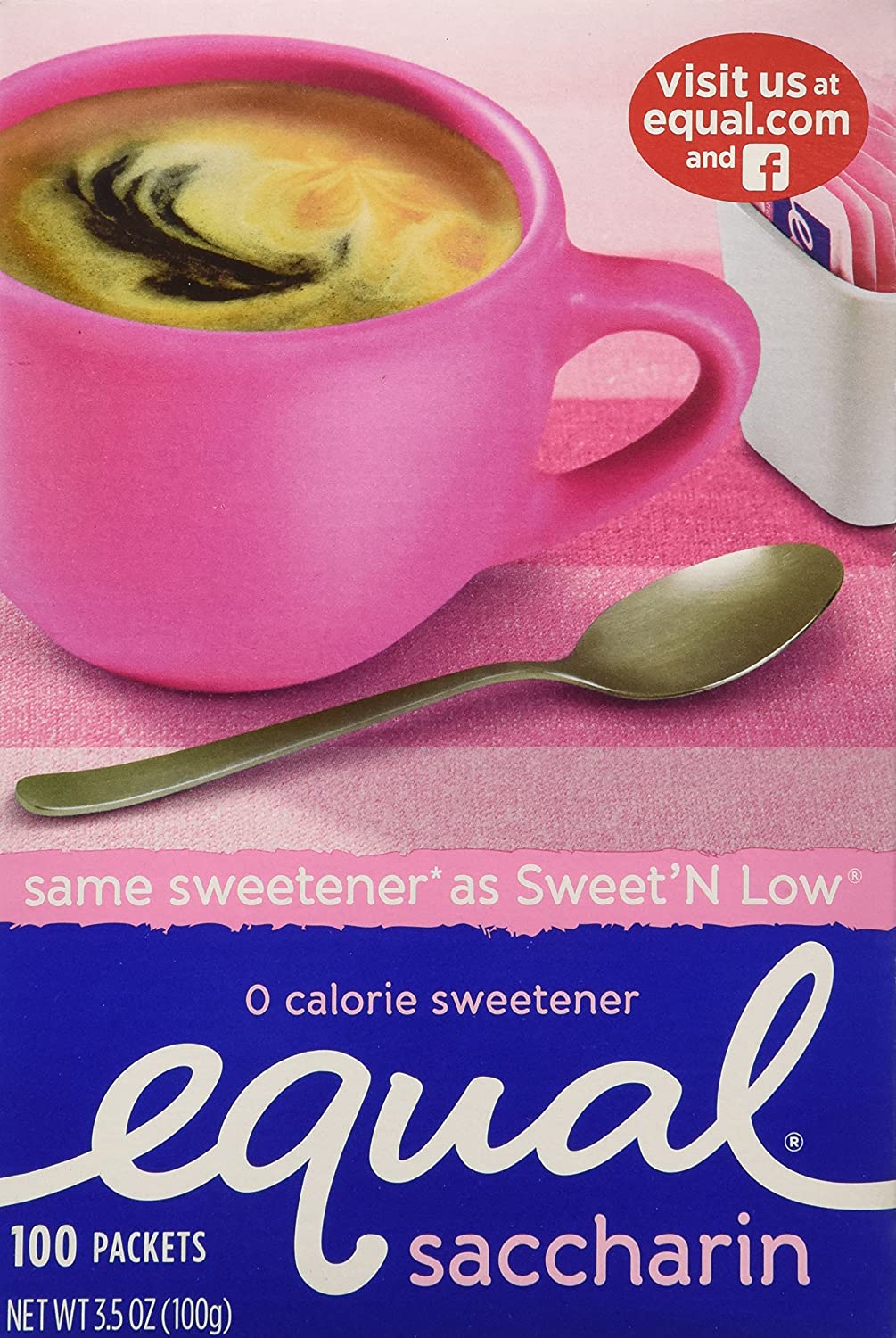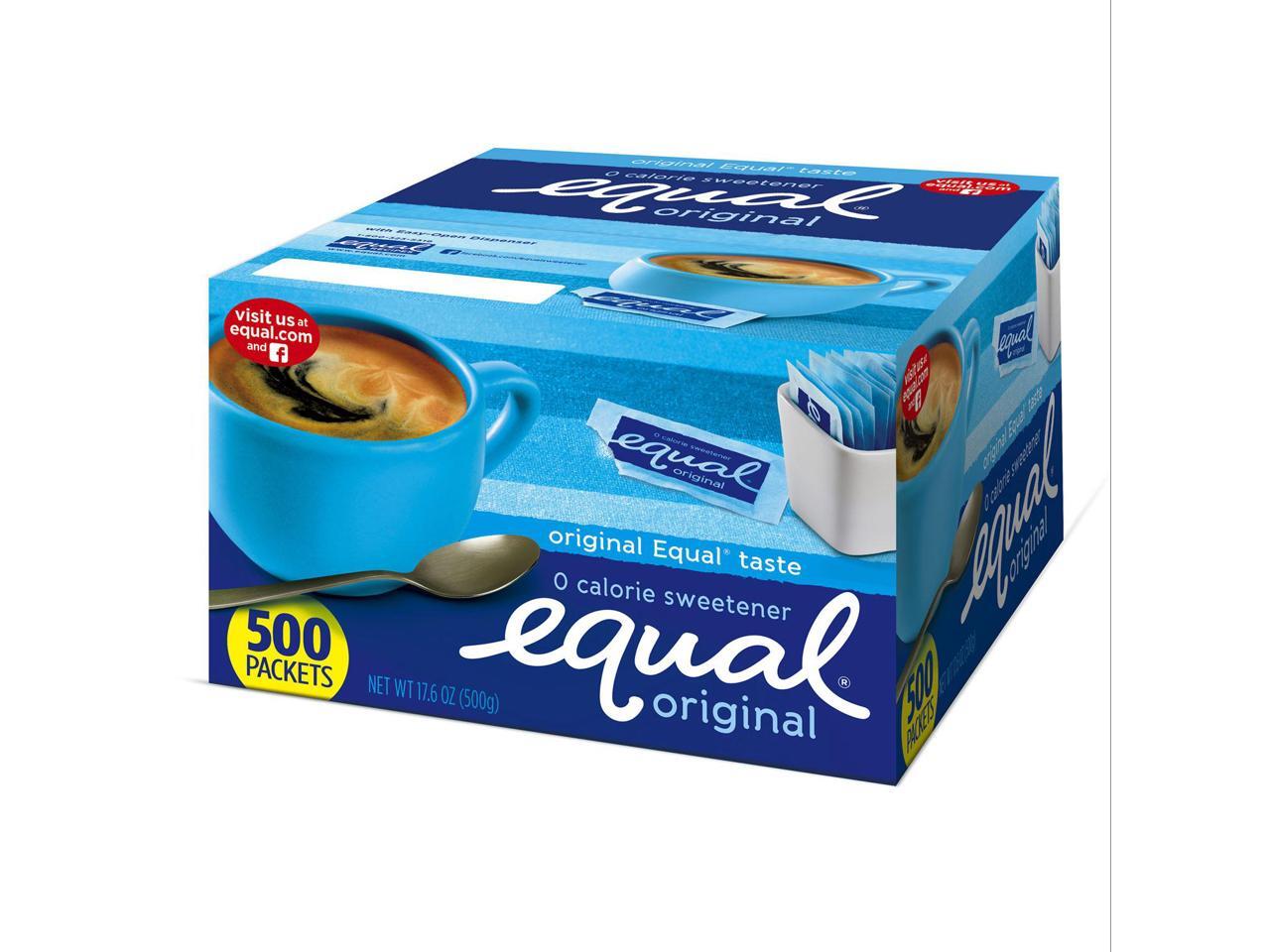

Sugar: The real thing, Domino Cane Sugar. The Centers for Disease Control were pelted with consumer health complaints after aspartame was introduced but found them to be minor and issued a statement saying that “although it may be that certain individuals have an unusual sensitivity to the product, these data do not provide evidence for the existence of serious, widespread, adverse health consequences attendant to the use of aspartame.” The ACS says, “Current evidence does not demonstrate any link between aspartame ingestion and increased cancer risk.” Plenty of people disagree with the CDC click here to find out more about them. Made from sucralose, a calorie-free chemical that happens to contain sugar but is not absorbed by the body, it is sort of like olestra but without the “passive oil loss.” (And, as the health notes on the Splenda Web site explain cheerily, it also offers “no active transport … across the blood-brain barrier.”) Splenda is the next great white hope in the crowded artificial sweetener niche. This is a new sugar substitute that my many friends on the Zone and Atkins diets have been loudly advocating. Nevertheless, I was intrigued when I recently heard about Splenda. Sugar in baking has textural relevance it makes foods moist, tender, more caramelized or brown (“done” looking), and provides structure and volume. I admit it: I’m a real-sugar snob, mostly because I do a lot of baking.


During her hilarious routine “Goodbye, Saccharin,” the late, great Gilda Radner once explained, “Statistics prove that most guys prefer skinny girls with cancer over healthy girls with bulging thighs.” Radner nailed two key American health obsessions in that one line-cancer and weight-both of which are tied up in our attitudes toward sugar and the various substitute products for it on the market.


 0 kommentar(er)
0 kommentar(er)
